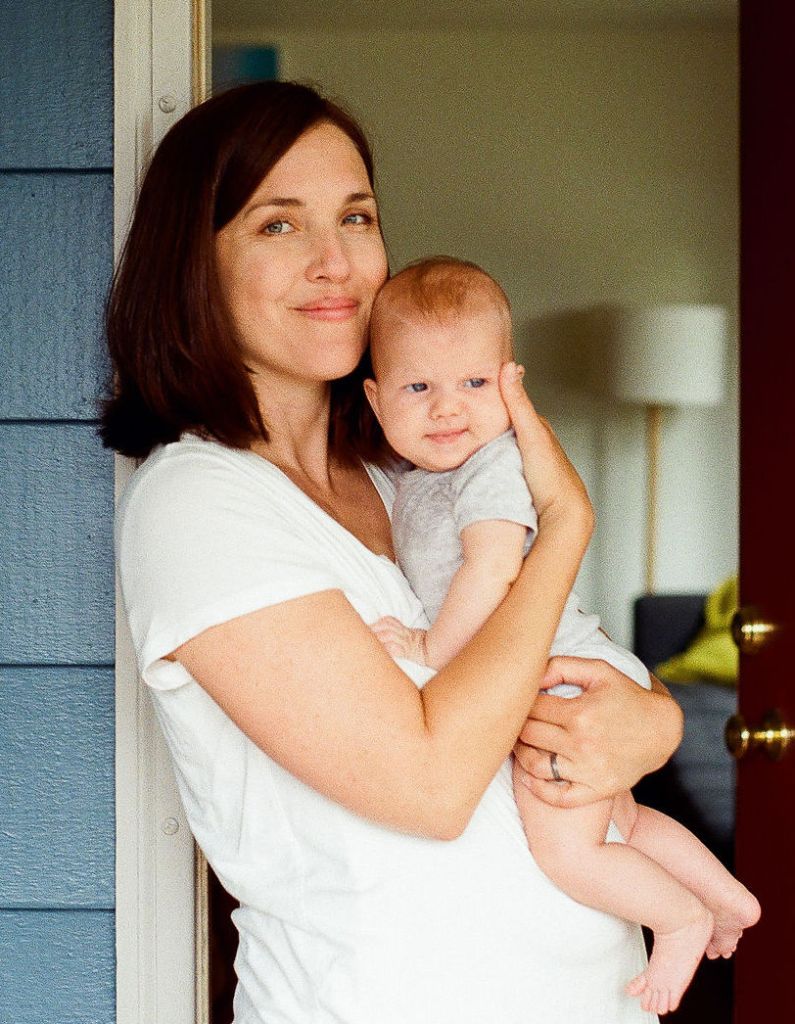
Melissa Poulin is the author of the poetry chapbook Rupture, Light, and editor of the anthology Winged: New Writing on Bees, with proceeds benefiting pollinator conservation. She holds a B.A. in creative writing from U.C. Santa Cruz, and a M.F.A in poetry from Seattle Pacific University.
In 2023, Melissa completed her Master’s in Acupuncture at POCA Tech. She is currently pursuing her acupuncture license in Oregon.
Melissa lives in Oregon with her husband and four children.
Books
Rupture, Light. Finishing Line Press, 2019
Winged: New Writing on Bees. Poulin Publishing, 2014.
Selected Writing
basalt
Calyx Review (Vol 27:2)
Catamaran Literary Reader
Cider Press Review
Coffee + Crumbs
Ekphrastic Review
Empty House Press
Entropy Magazine
Hip Mama
In Good Tilth (Vol 27:4)
Mothers Always Write
Propeller Quarterly
Relief Journal
Ruminate Magazine
Sugar House Review (Issue 6)
Taos Journal of International Poetry & Art
Tweetspeak Poetry Press
Vita Poetica
Water~Stone Review
Writers Resist
Photo: Ashlee Gadd